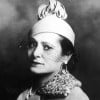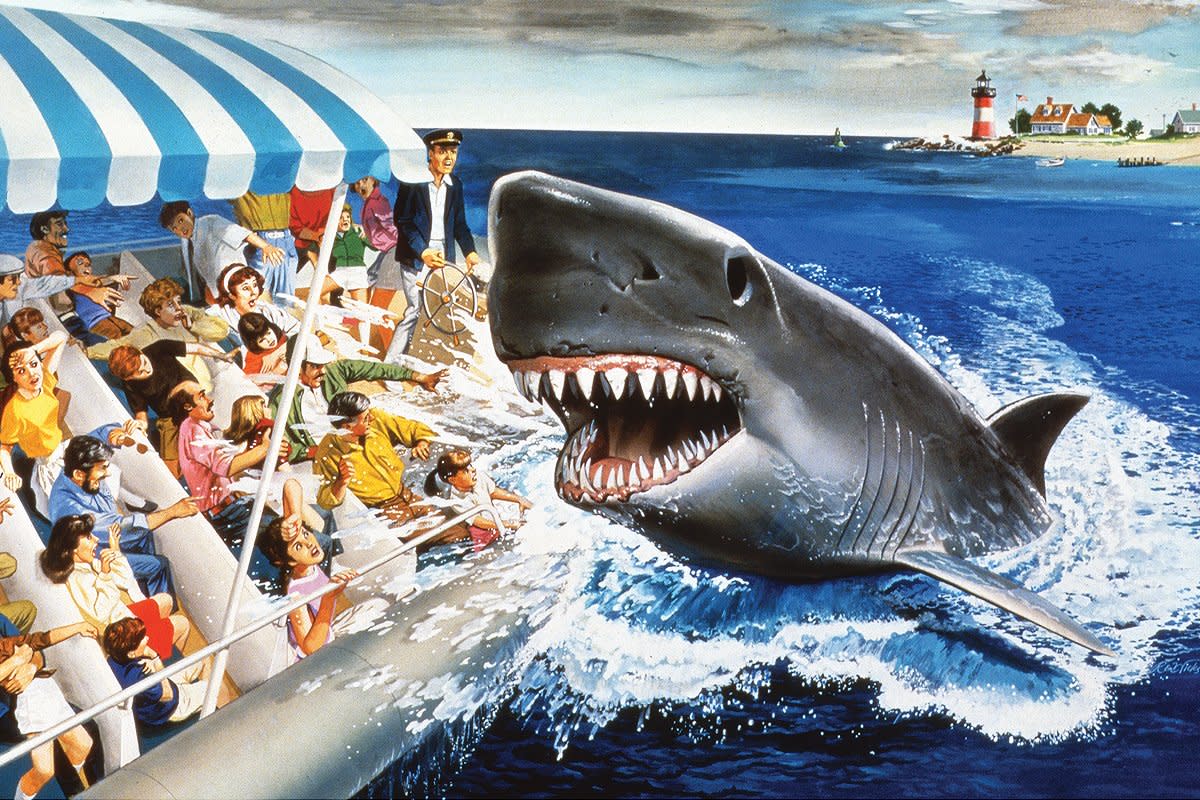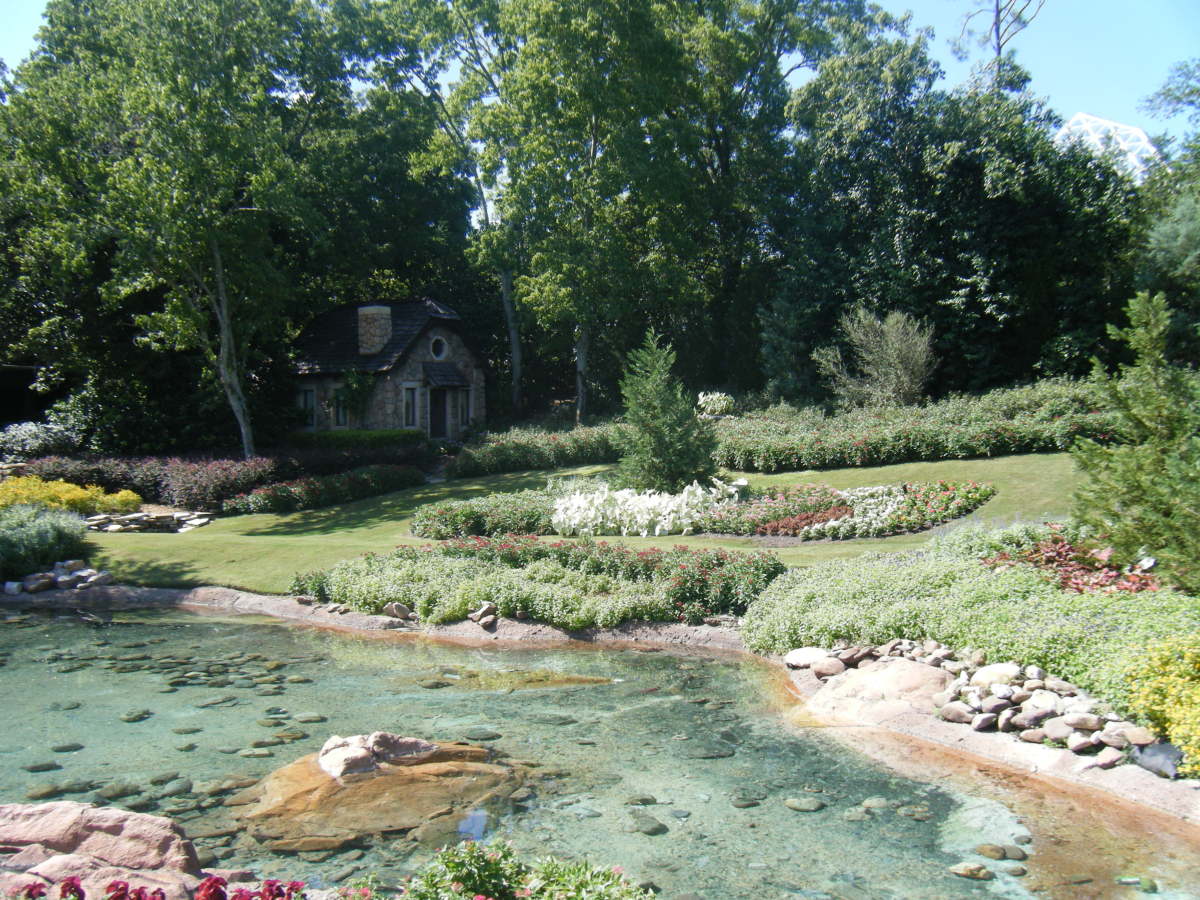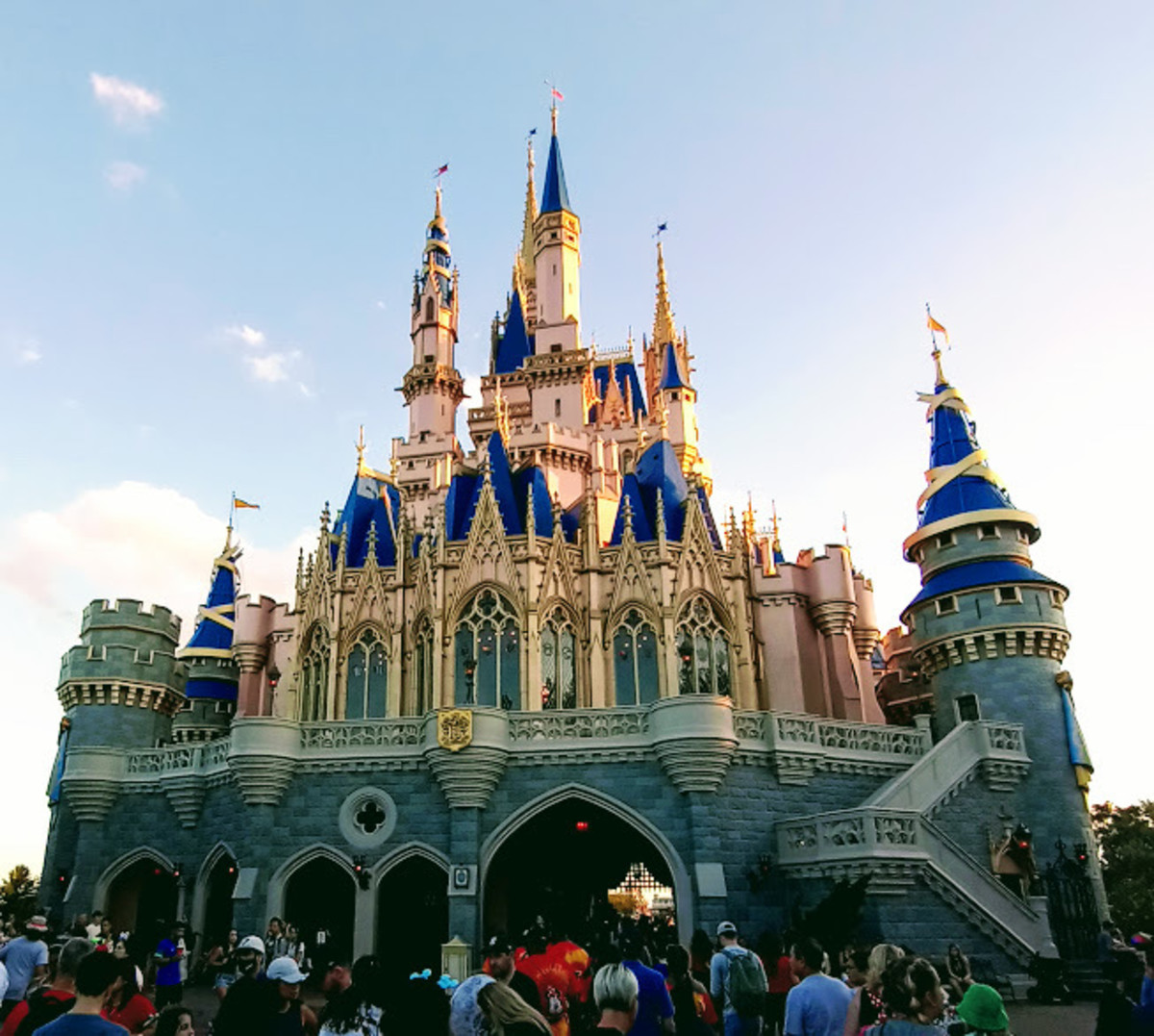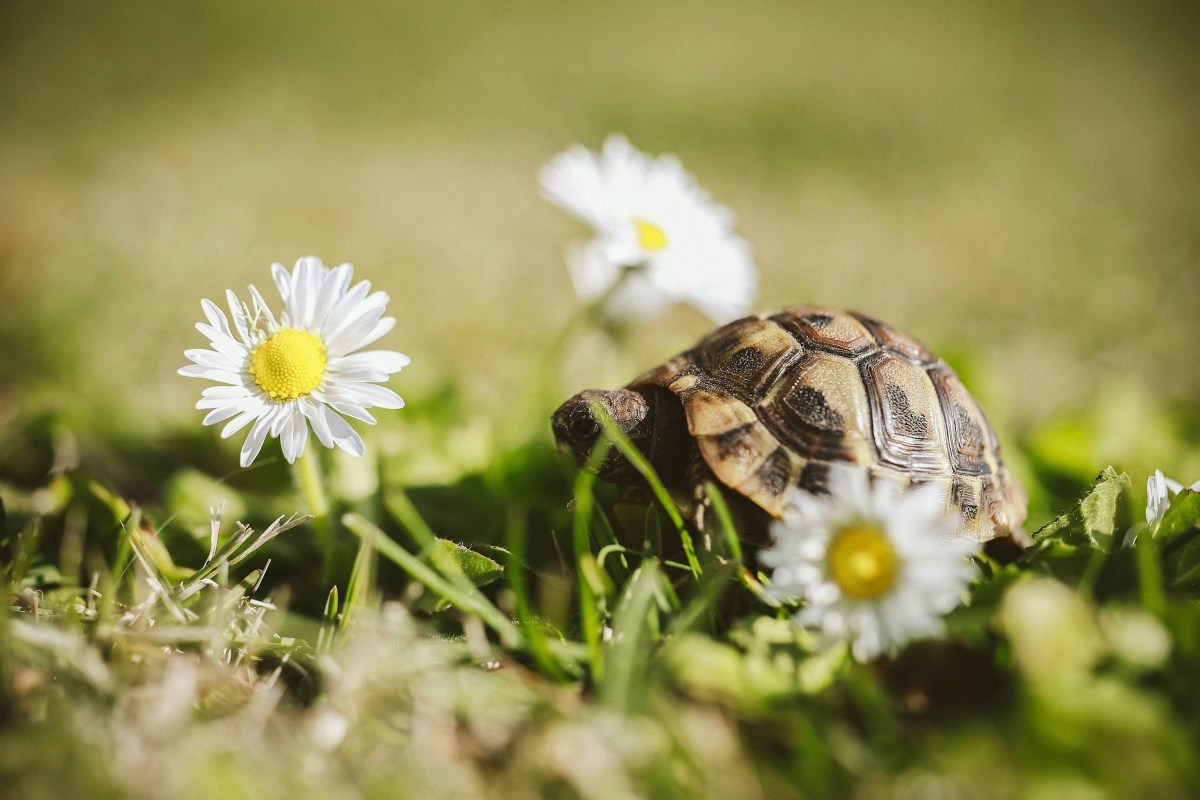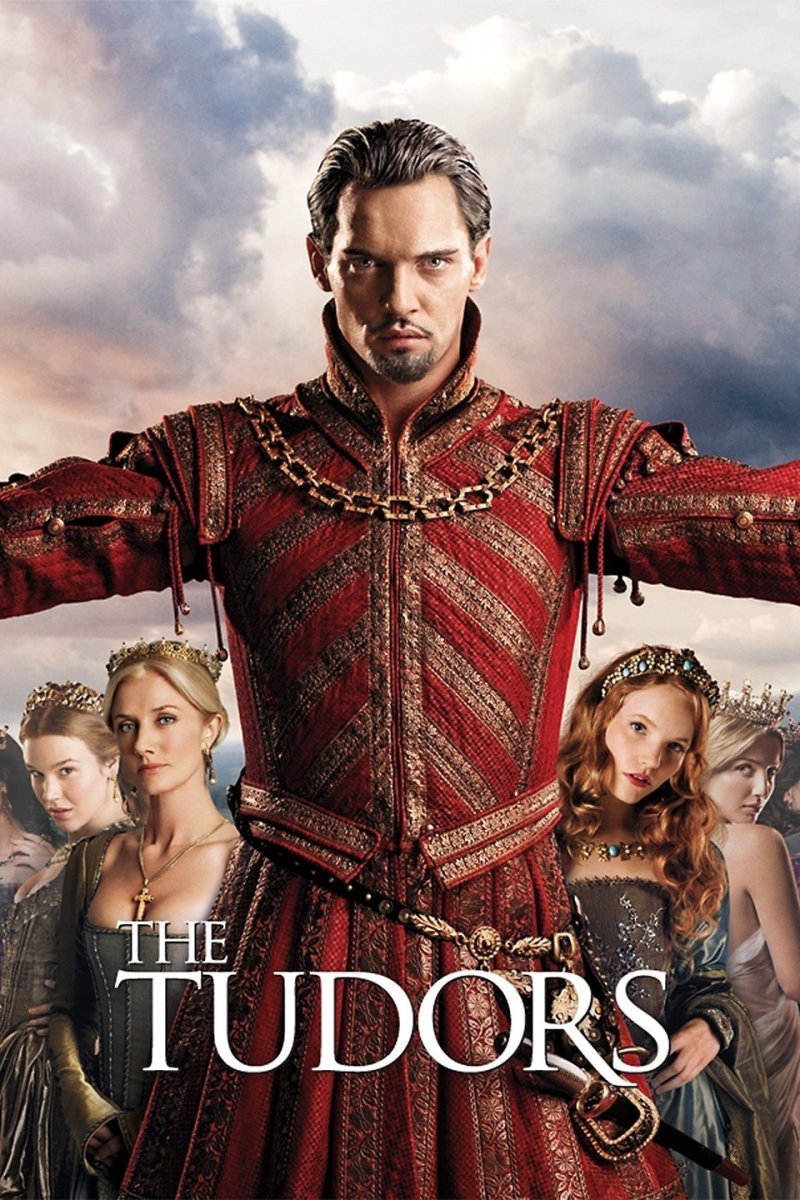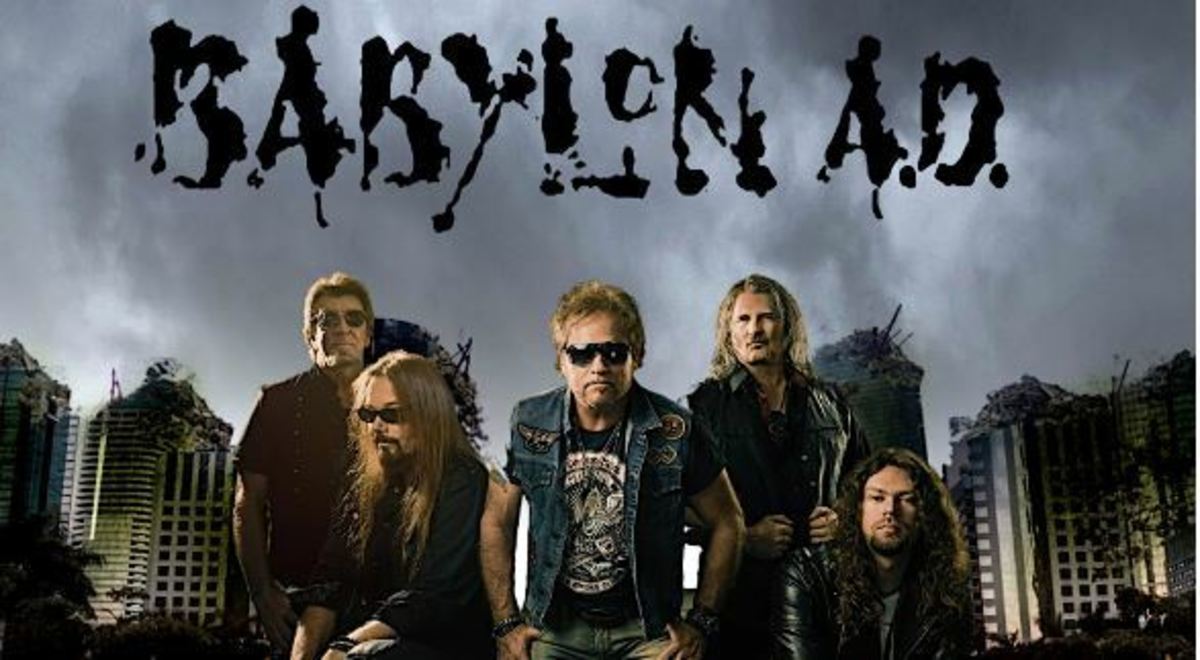Disneyland in the 1950s- Original Rides and Attractions
The Tiki Room
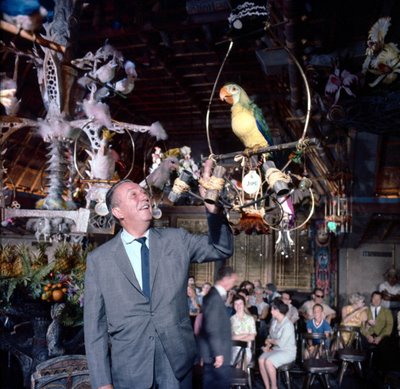
Midget Autopia
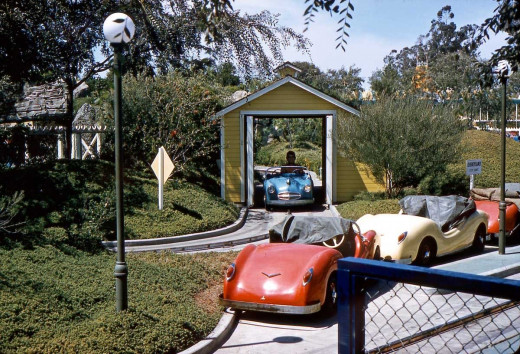
Settler's Cabin Burning
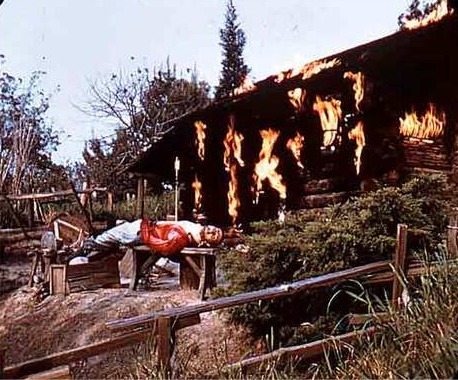
Disneyland Robots
The Enchanted Tiki Room opened in 1963, and was the first audio-animatronics attraction in the park. It featured singing and dancing birds that has become typical Disney fashion.The birds were so life like that you could almost get lost in the fantasy of believing that these birds were real, and that they were truly performing the show for you.
Approximately one decade after this attraction opened, I went to Disneyland with my family when I was just about three years old, and I went in the Tiki Room with my parents. I knew that some birds could talk, and because these birds seemed so real, I was sure that I was watching some of the smartest birds in the world putting on a show. I still recall the awe of the first bird that appeared, he was a Macaw with a beautiful, sophisticated speaking voice who announced three other birds with grace and elegance. The later part of the show featured beautiful, pink lady birds singing on what looked like a huge chandelier.
Decades later, after having visited Disneyland numerous times as a child and teenager, and even spent some time in Disney World Florida, but I always neglected the Tiki Room. I guess it was just not cool or something, but as an adult, I was wandering the park with some relatives from the old country, and since the Tiki Room was right in front of us, I actually went back to The Tiki Room for the first time since I was three years old. While sitting in the darkened theater, a light illuminated the Master of Ceremonies bird that had me entranced when I was three years old, and he had my full attention again.
I mean I was watching the same scene that I had watched all those years ago, and it was the same birds and the same voices, I have even wondered since this visit if I were sitting in round about the same spot because I experienced the most awesome deja vu of all time. I actually remembered some of the birds and felt the way I did as a child. I went back in time for a few minutes.
I experienced a strange sense of comfort, as though I were out with the parents again.The feeling was so great and soothing that I cried during most of the show, and when it was all over I did all I could to gain composure before anyone noticed what would have appeared to be a rather goofy scene.
From that day on, The Tiki Room is my favorite attraction. I heard that they were going to change it by modernizing the somehow, and for that reason I will not go back, for fear of what they may have done to it. I treasure the bizarre and unexpected experience I had with it in the 90's.
Other early attractions:
Midget Autopia opened in 1957, and closed in 1966. This was the third and smallest Autopia attraction in the park. This ride had a rather short life, but when it was in action the children loved how realistic it was. It had breakaway barn doors to add excitement to the ride, but what kids appreciated most about this ride was the great care that was taken to landscape the grounds giving the path a realistic feel. Walt Disney felt that there were enough car attractions in the park and donated the ride to a park in Missouri where it remained in operation for many years. The location was used to build It's A Small World.
The 15 minute People Mover opened in Tomorrow Land in 1967-1995. I still can't figure out why this ride is no longer in the park. It belonged so much to Disneyland. I can only guess that the Monorail was considered to be enough sky travel in the park, and the People Mover got the boot. Perhaps the decision to dump the People Mover in favor of the Monorail is because even though there have been numerous accidents associated with the Monorail, I can't find any evidence of any deaths, however, there were at least two deaths on the People Mover. Both were the result of guests trying to jump from one car to another and falling. With rotating platforms inside the station and mini "trains" darting around the entire park, accompanied by audio announcing its current location, this was the perfect "Jetsons" or 1950s view of the future. The trains were either red, blue, yellow or green, with white roofs, and looked absolutely classic.
Submarine Voyage is now The Finding Nemo Submarine Voyage. The original opened in 1959, and was inspired by USS Nautilus under the North Pole the previous year. It closed in 1998. Even though there was a cheesy quality to this ride, it was popular up until it was removed. Guests boarded submarines, and it did feel exciting as a child to board a submarine. As guests looked out the side windows from the beginning of the ride to the end there was an ominously large snake like tail that the submarine would trace throughout the ride. The tail kept getting bigger and bigger, and just as some of the youngsters were panicking, the head was discovered to be a big, dopey, friendly looking creature. It was a very dated ride, with its innocent, 50's, Voyage To The bottom Of The Sea quality, but until this ride closed, guests were still laughing at the end as the silly serpent was discovered.
Burning Settlers Cabin-This strange scene is still visible from some of the Frontierland rides. The story behind it has changed dramatically over the years. The first Disneyland guests who encountered this scene were told that they this was a burning cabin that the Indians had set on fire, and the poor settler had an arrow through his chest.
Some time in the1970s history was being re-written and it was no longer politically correct to make mention of any settlers who were assaulted by Indians, so the story was changed to an attack of river pirates.
The story became politically correct, but increasingly strange. For some reason, in 1980s pirates were being coddled and the settler become a moonshiner whose home exploded and, as they did not wish to offend anyone with stating that he was dead, guests were told that he was too drunk to get up.
Then in the 90s, the settler had set his own cabin on fire by accident. This is such a minor attraction that most people forget about it almost right after viewing it. The history of it is very interesting in what is offensive and what is acceptable. I find it particularly interesting in that there is an obvious desire to avoid saying that this guy was attacked in some way, and to down play the violence, yet movies, video games, and real life are more violent than ever.
The People Mover

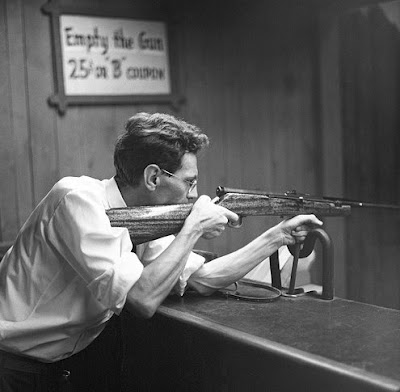
1955-1962. Main Street Shooting Gallery. Just an old fashioned shooting gallery where kids could spend hours practicing their aim.
Main Street Opera House show: Great Moments with Mr. Lincoln, Theater presentation featuring an audio-animatronic Abraham Lincoln. This President originally appeared in Disneyland in 1965. There have been a few changes over they years. One such "improvement" was that with modern technology the movements look more realistic. Some have complained that he looks too realistic, but the vast majority of guests are satisfied with the change. Royal Dano was an actor in the 1950s who played Abraham Lincoln in Mr. Lincoln, a five-part miniseries that ran from 1952-53. Dano portrayed Lincoln so well that in America's eyes, Royal Dano, and his voice was the closest thing to the real Abraham Lincoln. In 1964 Dano's voice was used to record Lincolns speech that was first presented to the World's Fair and then to Disneyland. Lincoln historians have complained through the years that this is not the way the real Lincoln sounded. By all accounts, Abraham Lincoln had a rather high, tener voice, and when giving a speech he would raise his voice even higher. As an experiment the voice was changed to a pitch that would be more realistic, and the accent of a Kentucky man of the 19th century would speak. The guests hated it, and it was decided that Dano had been Lincoln's voice for 50 years and even if it were not very accurate, it is the way people want to hear Abraham Lincoln.
Tomorrowland 1955-66 Rocket to the Moon. A futuristic-looking rocket ship where the audience sat in seats around central viewing screens that completely encircled them. They could see where they were going as they headed away from Earth and toward other worlds. There was a genuine fascination with rockets, and trips to the moon in the 1950s and Disneyland was always keeping up with what interested people most. As the real journey to the moon became more likely, the ride was refurbished as, Flight to the Moon, and lasted from 1967-1977.
Flying Saucers 1961-1966. Guests rode in personal air cushions, hovering around, reminiscent of an air hockey game. As the ride began, the saucers would be subject to a high volume of low pressure air directed underneath the saucers through a grid and circular valves. Guest steered by shifting their body weight. The ride was very expensive to operate and maintenance was often extensive, resulting in a short life for this thrilling and unique ride. The ride was closed down to make room for Tomorrowland.
The Monsanto House of the Future
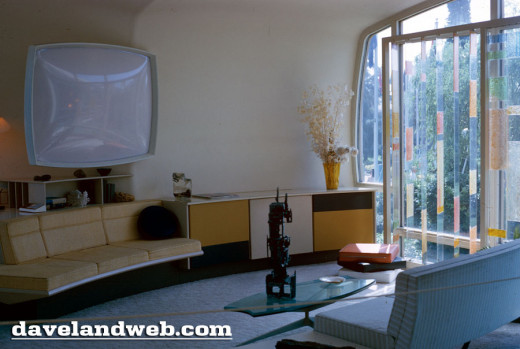
Monsanto House 1957-1967
In the future obsessed 1950s Disneyland featured a unique attraction. It was a 1950s view of what a house approximately 30 years in the future would look like. It featured wide screen televisions and a microwave oven. Most of the surfaces and utensils were made a a modern man made material called Plastic.
Flying Saucers
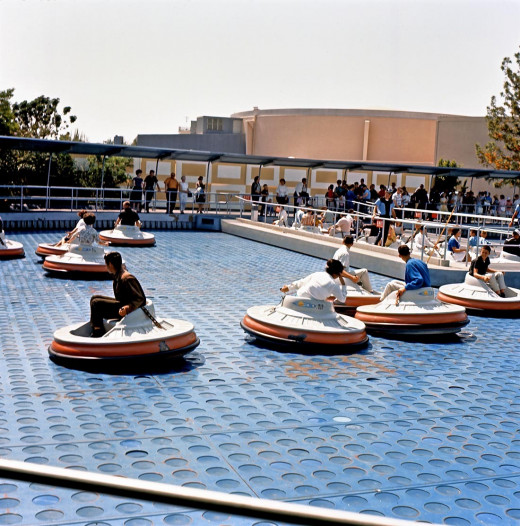
1974–1988, America Sings- A sit-down show that featured a rotating theater, and a non-moving stage. Audioanimatronic animals sang American tunes from different eras. It was described as a "lighthearted journey to Musicland". The thing that still stands out about this attraction is that a little more than one week after it opened, an 18 year old cast member was crushed to death when she became caught between the rotating wall and the stationary one. Some time later, solid walls were replaced with breakaway ones to prevent a similar tragedy. There have been several deaths in the Disneyland park over the years but this is quite possibly the saddest, as the girl was doing her job and not breaking any safety rules.
After the attraction closed in spring of 1988, most of the singing, dancing animals were recycled and sent to Splash Mountain attraction. Today, Innovations location.
